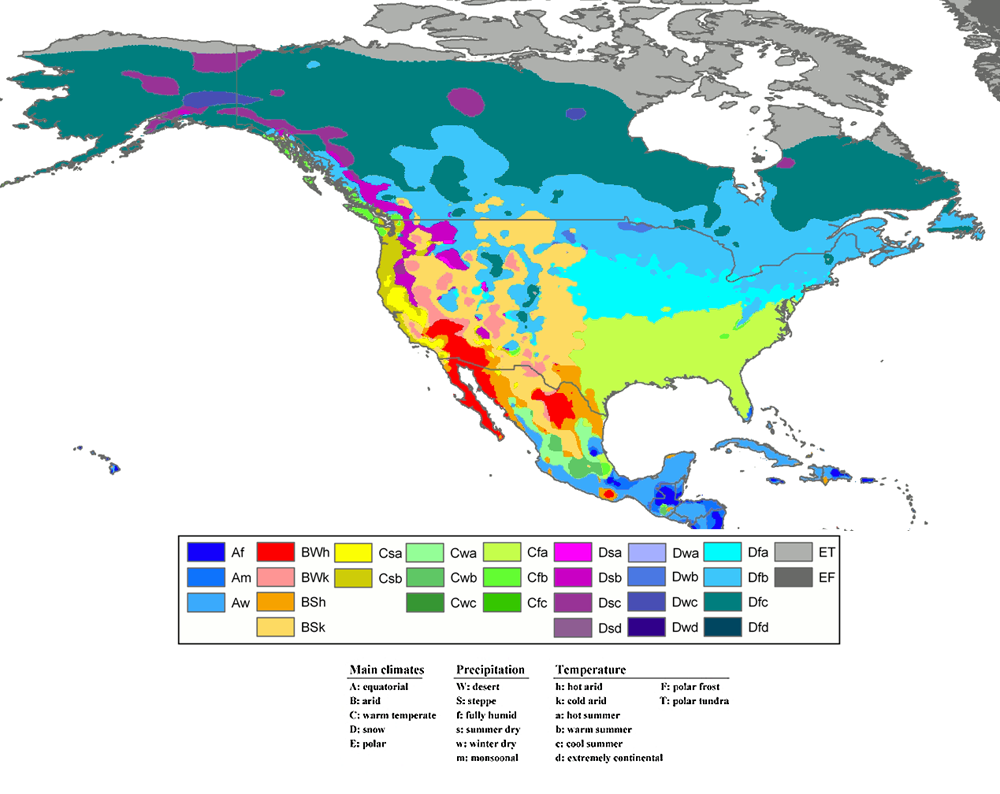By Mollie Parsons, Education Director
We have all heard Santa Fe referred to as a high desert, but in fact we are designated as a semi-arid steppe with cold winters by the Köppen Climate Classification System. This is the primary climate designation systems used by scientists around the world. The Köppen system takes into account temperature, precipitation, and the seasonality of precipitation. Deserts are generally defined by their lack of precipitation; they tend to experience less than 10 inches of total precipitation each year. Santa Fe gets an average of 14 inches of rain and snow annually. Although we are still in an arid zone (BSk), we do get slightly more precipitation than a true desert. This can also be seen in examining the vegetation of our region. Santa Fe has more scrub and woodland than the areas around Albuquerque or Las Cruces, which are true desert environments.
NASA defines climate as the “averages of precipitation, temperature, humidity, sunshine, wind velocity, phenomena such as fog, frost, and hail storms, and other measures of the weather that occur over a long period in a particular place.” Usually climatic averages are taken over thirty years. This is different from weather, which are the daily variable conditions of a location. By examining the climate of a region, gardeners can learn what they should and should not try to grow. Knowing that Santa Fe is in a region with cold winters, we are more likely to plant items that can withstand freezing temperatures. This data also informs the USDA Plant Hardiness Zone Map, which is the map that recommends planting zones. It can be found on the back of seed packs or in many nurseries. It is possible for the climate of a region to change, due to long term shifts in temperature and precipitation. If Santa Fe begins to receive less than 10 inches of rain a year, we could be reclassified by the Köppen climate classification system as a BWk, or a desert environment with cold winters.

Image from NASA.gov
Links:
http://www.srh.noaa.gov/jetstream/global/climate.htm – Information on the Köppen Climate Classification from NOAA
http://planthardiness.ars.usda.gov/PHZMWeb/ – USDA Plant Hardiness Map
http://weather.nmsu.edu/ – New Mexico’s Climate


